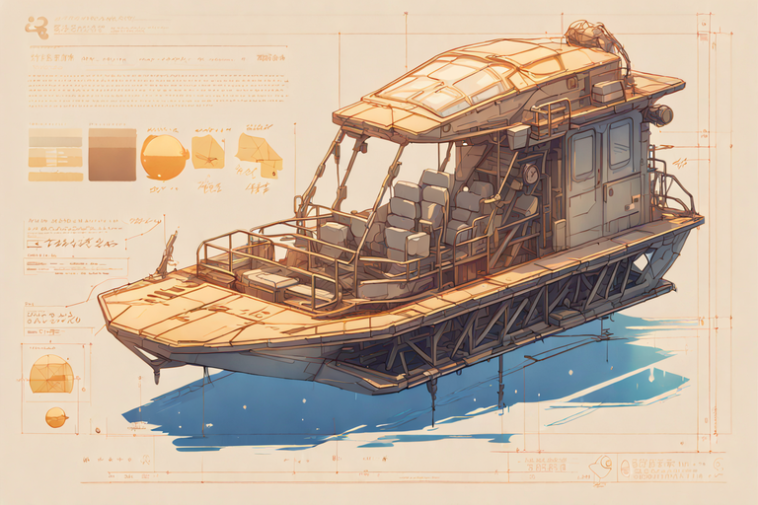
Beyond the Blueprint: Unconventional Approaches to Fan Boat Design
Fan boats â€" those quirky, propeller-driven marvels â€" offer a unique canvas for custom design and construction. While countless plans exist, we often overlook the subtle nuances and untapped potential within their design. This article delves beyond the typical blueprint, exploring unconventional approaches and stimulating fresh perspectives for hobbyists, builders, and educators alike. We'll address some less-discussed aspects of fan boat crafting using a question-and-answer format.
Material Explorations: Beyond the Usual Suspects
Q: Aren't plywood and fiberglass the standard for fan boat construction? What about alternative materials?
A: Absolutely! While plywood and fiberglass are reliable, let's challenge the norm. Consider these less-conventional, yet potentially advantageous, options:
- Recycled plastics: Using reclaimed HDPE (high-density polyethylene) or other durable plastics, perhaps sourced from industrial waste, could significantly reduce environmental impact. The challenge lies in shaping and joining these materials effectively â€" potentially requiring specialized tools and techniques, but offering a unique eco-friendly approach.
- Bamboo composites: Bamboo's strength-to-weight ratio is impressive. Combined with epoxy resins, it could create a lightweight yet remarkably strong hull, offering a sustainable and aesthetically pleasing alternative. Careful consideration needs to be given to water resistance and long-term durability.
- Sustainable hardwoods: Certain sustainably sourced hardwoods, known for their rot resistance (like teak or cedar), could add a touch of classic elegance, though they might be heavier than other options. This choice demands a meticulous approach to protect the wood from water damage.
Research into these materials' properties and joining methods is crucial. Educational institutions could play a vital role in researching and developing best practices for these unconventional materials in boat building.
Hydrodynamic Innovations: Rethinking Propulsion and Hull Design
Q: Can we improve efficiency beyond simply adjusting the propeller size and pitch?
A: Absolutely! Let's explore more nuanced hydrodynamic approaches:
- Computational Fluid Dynamics (CFD): Utilizing CFD software allows for virtual testing and optimization of hull shapes and propeller designs. This sophisticated approach, though requiring specialized knowledge, offers a powerful tool to fine-tune the boat's performance and efficiency before physical construction.
- Non-conventional hull forms: Instead of sticking to traditional designs, consider exploring unconventional hull forms. Research into hydrofoils or even air-cushion principles (albeit more complex) could significantly impact speed and efficiency. This requires extensive modeling and testing.
- Integrating alternative propulsion: Combining the fan propulsion with a smaller auxiliary electric motor could provide enhanced maneuverability and potentially allow for hybrid power systems.
This area requires a strong understanding of hydrodynamics and possibly collaboration with engineering experts. It opens doors for exciting research projects within educational and research institutions.
A Real-World Example: The "Eco-Fan" Project
A group of students at a maritime college recently undertook a project called "Eco-Fan," aiming to design and build a fan boat using primarily recycled plastics and sustainable materials. Their challenges included sourcing suitable materials, developing innovative joining techniques, and optimizing the design for stability and efficiency. The project highlighted the importance of collaboration, creative problem-solving, and the potential for environmentally responsible boat building.
Conclusion: Embracing the Unexpected
Fan boat construction isn't just about following established plans; it's about pushing boundaries and exploring new possibilities. By embracing unconventional materials, employing advanced design techniques, and fostering collaboration, we can unlock the full potential of fan boat design. The journey might be challenging, but the rewards â€" in terms of innovation, sustainability, and sheer satisfaction â€" are immeasurable.






